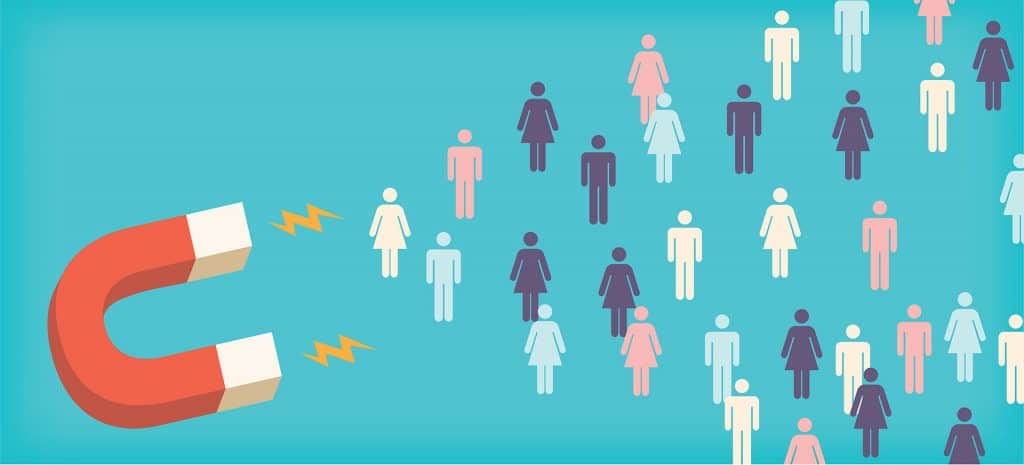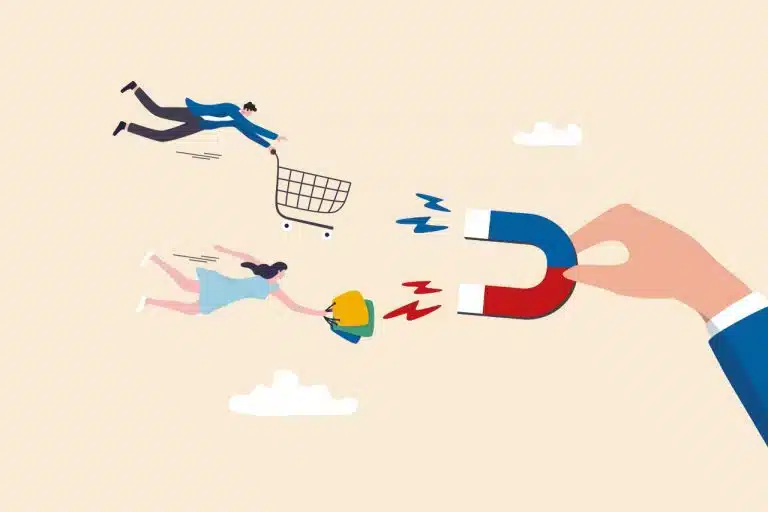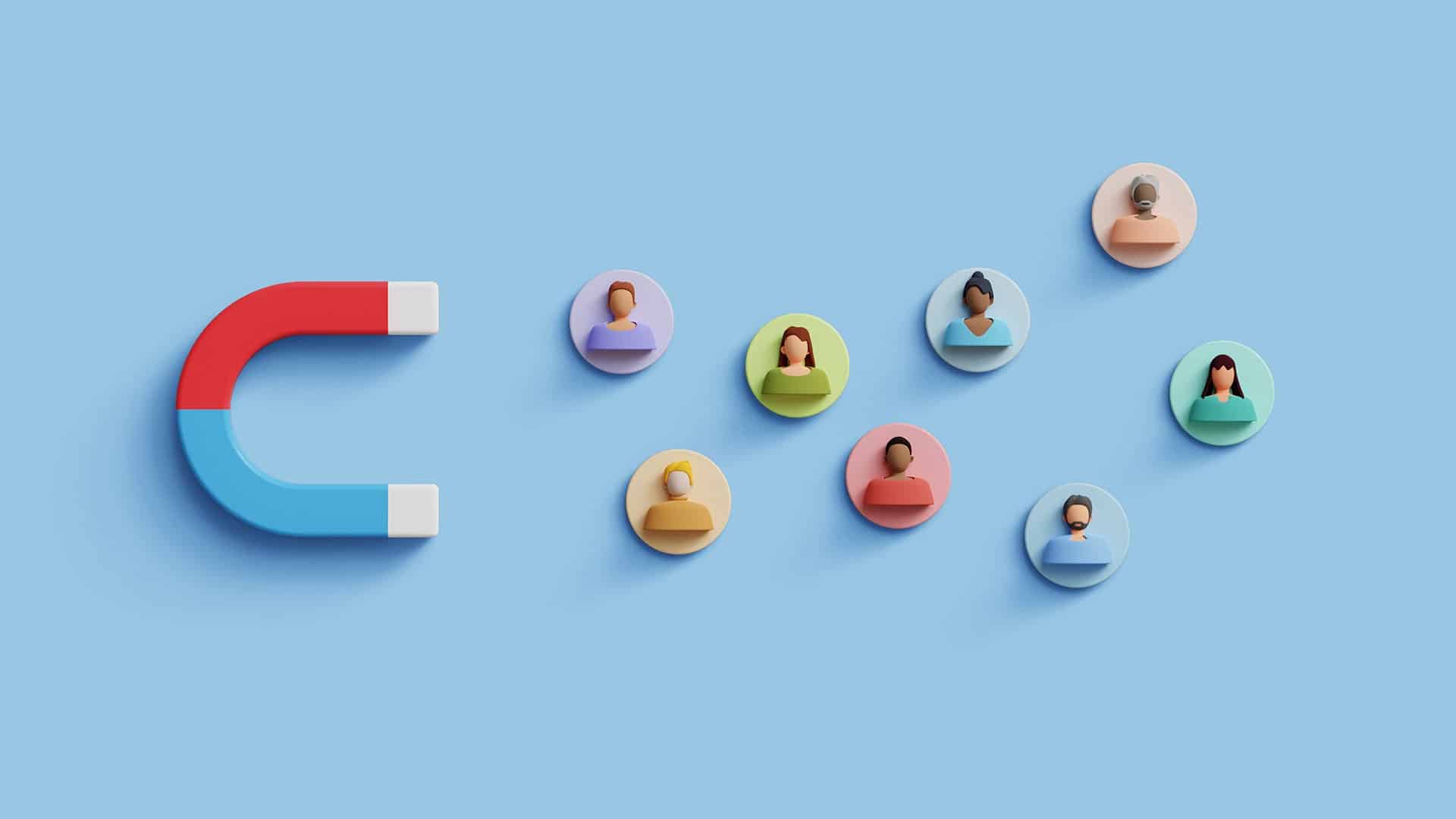Phase: Acquisition phase
- Description: In this phase, companies acquire new customers. They invest in marketing and sales to convince potential buyers.
- Objectives: Generate awareness, encourage the first purchase and create the basis for a long-term relationship.
- Measures:
- Target group analysis for precise marketing.
- Introductory offers or discounts for new customers.
- Target group analysis for precise marketing.

Phase: Onboarding phase
- Description: After a customer has been acquired, the focus is on the introduction to products or services.
- Objectives: Ensure satisfaction and build customer trust.
- Measures:
- Personalized welcome campaigns.
- Support through tutorials, FAQs or direct customer service.
Phase: Growth phase
- Description: In this phase, the customer begins to interact regularly with the company. Sales and loyalty increase.
- Objectives: Increase sales per customer through repeat purchases, up-selling and cross-selling.
- Measures:
- Loyalty programs or exclusive offers.
- Suggestions for complementary products or services.

Phase: Win-back phase
- Description: Customers who are inactive or have churned are to be reactivated.
- Objectives: To renew the relationship and win the customer back.
- Measures:
- Individual win-back campaigns with targeted incentives.
- Analysis of the reasons for churn and corresponding adjustments.
The importance of the CLV phases
Each phase has its own dynamics and requires specific strategies.
A successful company understands that:
- Not all customers are the same: The focus should be on customers with high potential for long-term value.
- Long-term relationships are crucial: The value of a customer increases with the length of the relationship.
- Strategic alignment is necessary: Every phase offers opportunities to increase CLV.
Conclusion
Customer lifetime value is not a static value, but the result of a continuous process that spans several phases.
From first contact to win-back, each phase is crucial to maximizing the long-term value of a customer.
Companies that understand and optimize the CLV phases not only benefit from higher sales, but also from stronger customer loyalty and sustainable business success.
A strategic approach that considers the customer journey across all phases is the key to successful CLV optimization.




